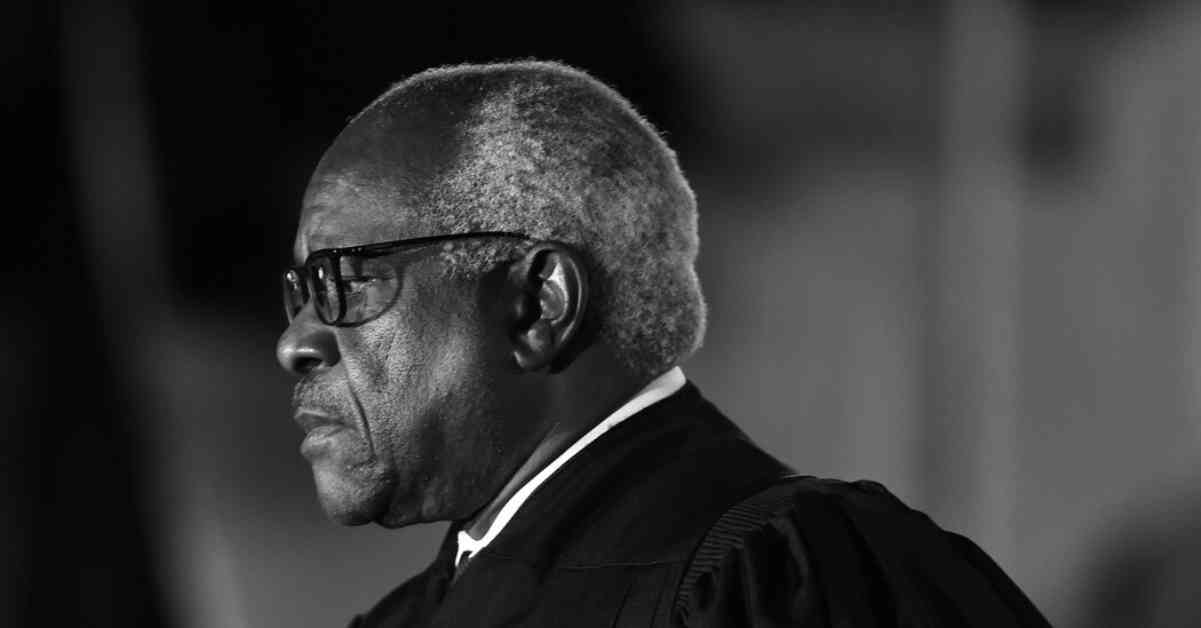Two years ago, the Supreme Court made a decision in the case of New York State Rifle and Pistol Association Inc. v. Bruen that caused a lot of confusion in American gun laws. But now, the cleanup process has started, and the Court has opened the door for a new way to prevent gun violence: red flag laws.
The Bruen ruling clarified that the Second Amendment includes the right to bear arms for self-defense outside the home, but this right is not unlimited. Justice Brett Kavanaugh explained that states can still require licenses for carrying handguns, and the Second Amendment allows for a variety of gun regulations.
The Court also established a new test for evaluating gun restrictions based on text, history, and tradition. This means that gun control measures are only constitutional if they align with the historical tradition of firearm regulation in the country. This test provides clarity that was lacking in lower courts before the Bruen case.
Justice Clarence Thomas wrote the majority opinion in a 6-to-3 decision, applying the text, history, and tradition test to evaluate New York’s gun restrictions. This decision sets a high bar for upholding any gun restriction unless there is a clear historical precedent.
It’s important to remember that state legislatures are not experts in constitutional law, and they can pass laws that are unconstitutional. The role of the courts is to interpret the Constitution and ensure that laws are in line with it. Legislatures should consider the Constitution when drafting laws, but their laws do not bind the courts.
In conclusion, the Supreme Court’s decision in the Bruen case has clarified the Second Amendment’s scope and provided a new framework for evaluating gun restrictions. This decision has the potential to impact gun laws across the country and pave the way for innovative approaches to preventing gun violence, such as red flag laws.




